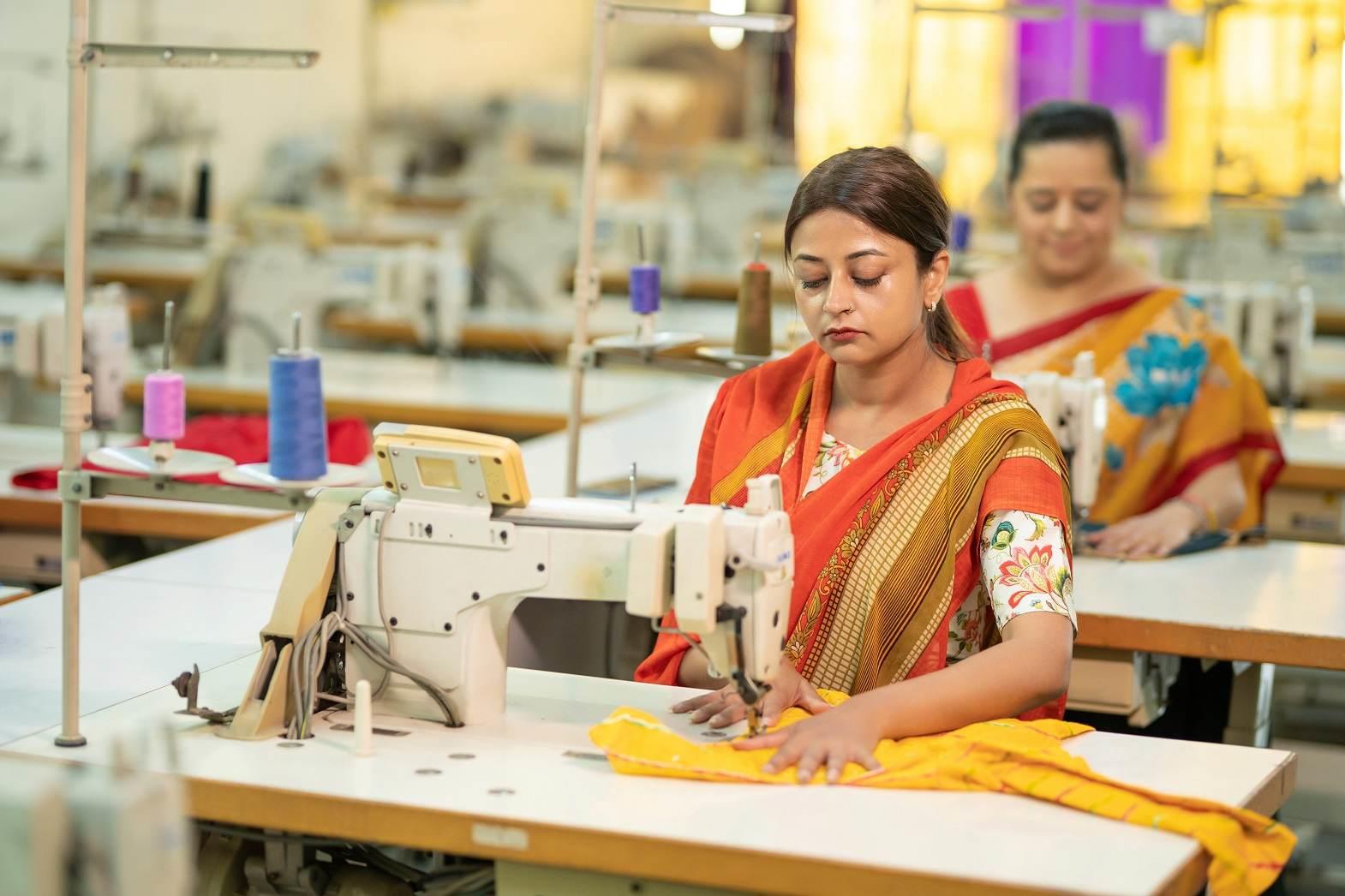Indian apparel industry boasts itself of using ethical manufacturing process, of standards complying with international quality requirements, and not employing child labor. But still, it cannot positively assert that its supply chain is 100% spick and span.The US Department of Labor (DOL) alleges the Indian industry by listing a number of products that has been manufactured by indentured, forced, and child labor. The Executive Order (EO) 13126 on the 'Prohibition of Acquisition of Products by Forced or Indentured Child Labor' was initially signed on June1999. The latest revision came on October 4th, 2011 with updates, which includes the Indian apparel industry.
Earlier in 2010, September, the Government of California has passed the Supply Chain Transparency Act (SB 657). Effective from January 1st, 2012, it requires companies with a gross more than $100 million to give a declaration regarding what they do to eliminate slavery in their supply chains. They are-also expected to make these details online on their corporate websites. In the absence of the website, a written disclosure needs to be sent within 30 days of receiving a request. Manufacturers and retailers doing business in California will be required to disclose the efforts taken by them to eliminate slavery and human trafficking from their supply chains. The act encompasses five major areas, independent and unannounced supplier audits, third party supply chain verification, supplier certification of legal compliance, staff training on forced labor and human trafficking, and internal accountability standards.
ILO(International Labor Organization) estimates state that across the globe, more than 215 million children are engaged as child labors. They are exposed to worst forms of labor such as slavery, hazardous environment, and other forms of forced labor. A latest list released by US labor department regarding the goods produced by child or forced labor under the Trafficking Victims Protection Reauthorization Act states an appalling fact that cotton, footwear and apparel makers top the list of worst offenders. The list specifies India as one among the top countries involved in child labor.
'Sumangali', a scheme adopted by apparel makers from South India lures young girls at the threshold of marriage to work on a contract for a lump sum payment, which is mostly to be used for their marriage expenses. Shored up with promises of good food, and proper accommodation, what these girls face in realty is poor working conditions, stumpy wages, and long working hours exposed to health hazards. Many of them are even made to sign a blank contract leaving them with no clue of what had been verbally promised to them.
Apparel industry is more labor intensive. Underpayment of wages is high in apparel industry comparatively over other industries. Sewing and garment workers suffer from highest rate of wage violation up to 71%. Industry analysts fear that the continued mentioning of Indian apparel industry in the list would create issues for apparel exporters in the global market. Prominent buyers from around the globe insist on the fulfillment of compliance standards. This include; not involving child labor, hygienic factory environment, ensuring minimum wages, regulated working hours and many more.
The need for work force protection is more acute, with legal enforcements proving a viable cornerstone. Manufacturers and retailers have already started adopting standards for ensuring quality, environmental, and ethical compliance of products, and their provenance. Acquiring WARP certifications have seen a drastic increase. The Worldwide Responsible Accredited Production (WRAP) is an independent and international NGO, committed to certifying the companies engaged in lawful and ethical operations. It is one of the world's largest facility certification program for apparel, footwear and sewn products.
During the recent past, debates regarding labor standards are seen shifting from labor unions and NGOs towards global supply chains. To deal with the growing demands of global supply chains, companies, and international buyers are increasingly focusing on labor regulations, and other compliance standards through codes of conduct and monitoring. Buyers from the Indian market try to safeguard themselves that their suppliers stick to the environmental standards. Though international laws encourage the growth of labor unions, domestic apparel makers are worried about the same. An increasing influence is seen in labor unions resulting in confrontations between the management and its workers throughout the country.
With the labor laws getting stricter by each passing day, Indian apparel industry is likely to see much more tussles in 2012. Lack of transparency in the apparel making process and information sharing would only add to this complexity. The Ministry of Corporate Affairs has formally issued 'National Voluntary Guidelines for the Social,
Environmental, and Economic Responsibilities of Business, 2011 ' on July, 2011. These guidelines emphasize how businesses should endeavor and be more responsible in the society leading to sustainable and economic development.
Indian apparel makers need to follow Government guidelines, and compliance standards not only within their sphere of operations, but also insist their vendors, distributors, and other collaborators involved in the supply chain to do the same.
References:
1) Dol.gov
2) Nasscomfoundation.org








Comments